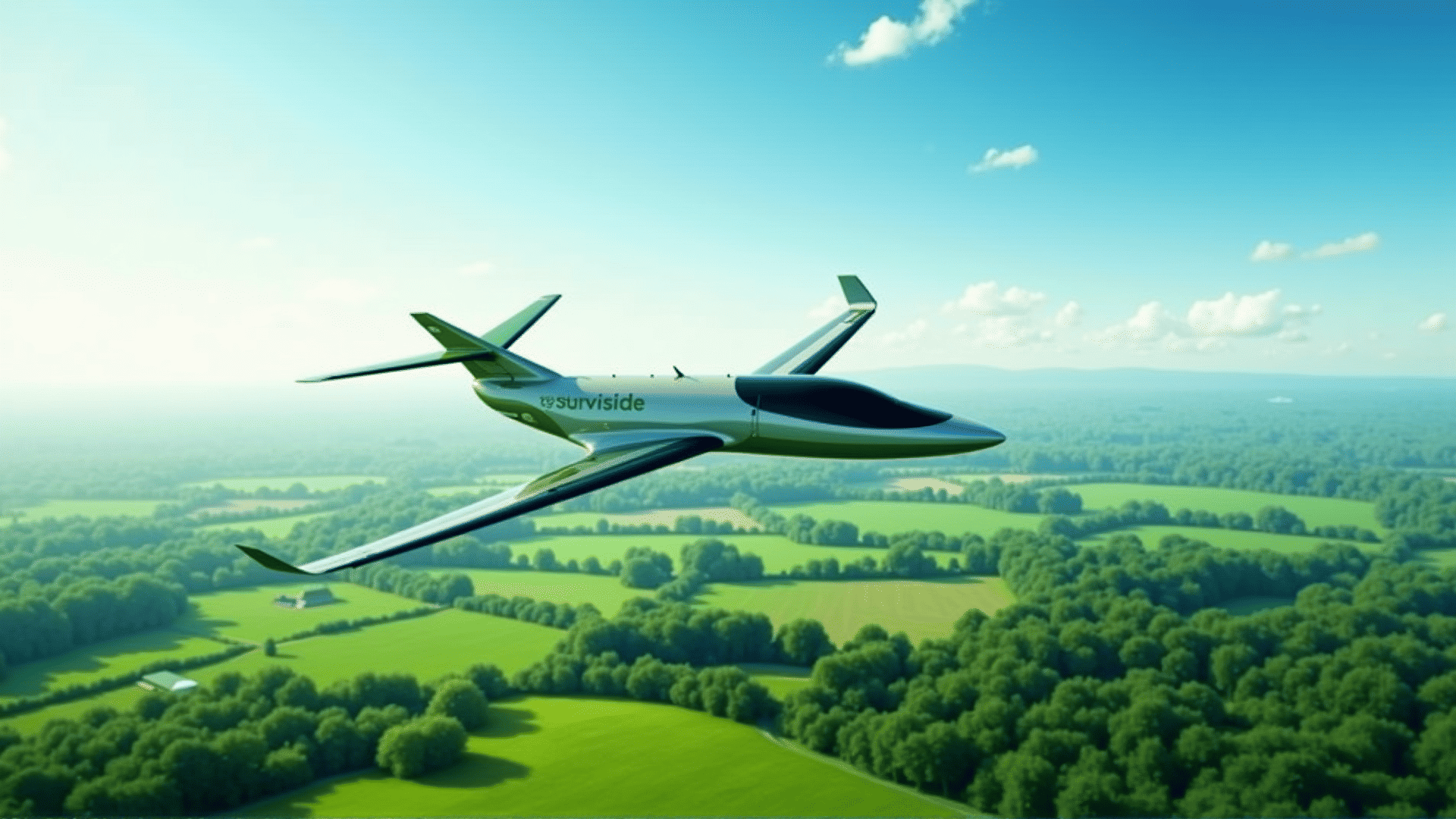In recent years, as the impacts of climate change become ever more apparent, the aviation industry has found itself under increasing pressure to reduce its carbon footprint. Given aviation's significant contribution to global CO2 emissions, sustainable aviation has emerged as a focal point for innovation, aiming to blend technological advancement with environmental responsibility.
One of the cornerstone areas of advancement in sustainable aviation is the development of eco-friendly materials. Traditional aircraft materials like aluminum are being replaced or supplemented by composite materials, which offer reduced weight and therefore improved fuel efficiency. Composite materials, such as carbon fiber reinforced polymers, not only help in lowering fuel consumption but also enhance the durability and lifespan of aircraft. Additionally, innovations in material science are leading to the development of biocomposites, which use natural fibers like flax or hemp, further reducing the environmental impact of aircraft production.
Fuel-efficient technologies are another critical component driving the future of sustainable aviation. Electric propulsion systems are at the forefront of these developments. While full-scale electric commercial flights are still on the horizon, incremental progress is being made with hybrid-electric models. These models incorporate electric engines for certain phases of flight, resulting in a reduction in fuel burn and emissions. Companies and research institutions worldwide are heavily investing in this technology, aiming to deliver the first generation of fully electric commercial airplanes within the next decade.
Moreover, sustainable aviation fuels (SAFs) are playing a pivotal role in reducing the carbon footprint of current fleets. Derived from renewable resources, such as used cooking oil, municipal waste, or agricultural residues, SAFs can be blended with conventional jet fuel to lower the overall emissions without necessitating significant changes to existing aircraft infrastructure. Numerous airlines have already begun incorporating SAFs into their operations, with promising results in reducing lifecycle CO2 emissions by up to 80%.
Besides technological innovations, optimizing air traffic management has shown promising potential for enhancing fuel efficiency. Implementing advanced navigation technologies allows for more direct flight paths and optimized flight levels, effectively minimizing the time aircraft spend in the air and thus reducing fuel consumption.
Collaborations and partnerships among stakeholders across the aviation industry are proving vital in accelerating these sustainable advancements. Governments, airlines, manufacturers, and environmental organizations are coming together to form policies, invest in research, and create infrastructures that support greener aviation practices.
In conclusion, the strides being made in sustainable aviation reflect a promising trajectory toward eco-friendly skies. As technological, material, and procedural advancements continue to gain momentum, the future of aviation is poised to be not only efficient and innovative but also significantly more sustainable and environmentally conscious. Stakeholders across the spectrum remain committed to overcoming the challenges that lie ahead, ultimately ensuring that the benefits of flight remain accessible without compromising the health of our planet.
